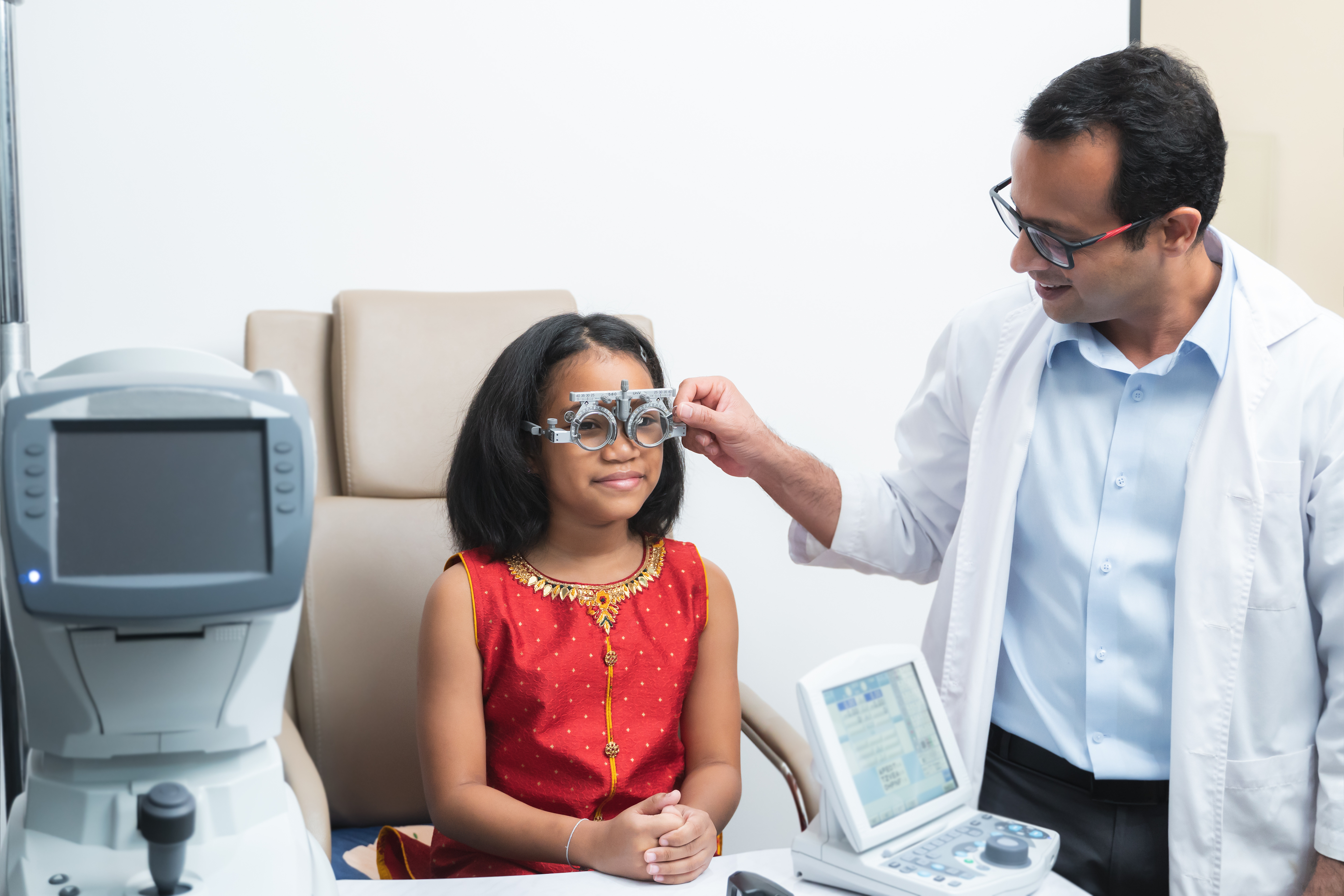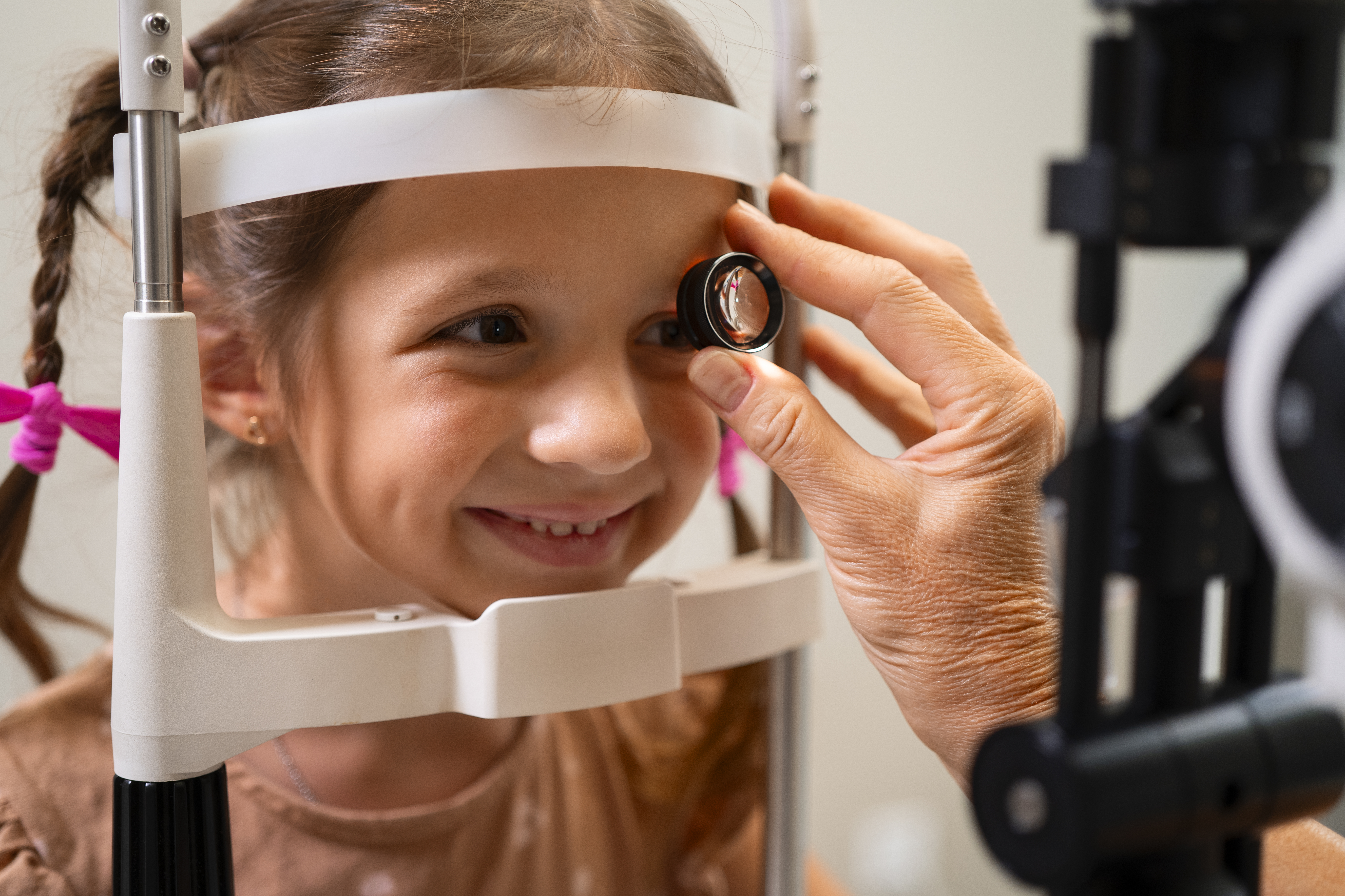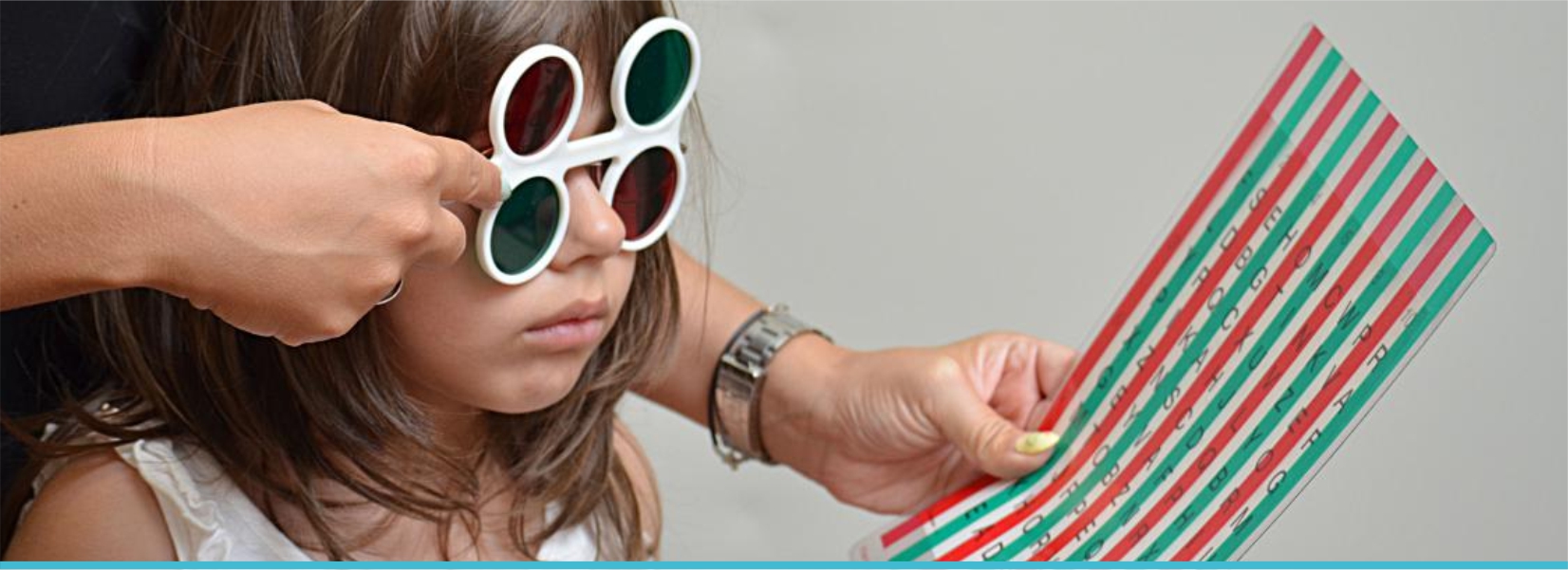What Is Pediatric Ophthalmology ?

Please Complete This Questionnaire. It Will Help Us To Know If Your Child Needs An Eye Examination Or Not
Why A Timely Scheduled Eye Checkup Is Important
Common Eye Problems
Several eye conditions can affect kids. Most are detected by a vision screening using an acuity chart during the preschool years.
When Should Kids Get An Eye Exam?
Doctors of optometry recommend comprehensive eye exams for children of all ages

Amblyopia
Strabismus Or Squinting Of The Eye
Childhood Tearing
Nystagmus
Pediatric Ptosis (Drooping Eyelid)
Pediatric Glaucoma
Developmental Abnormalities

Tej Eye Centre offers state-of-the-art technology in child vision care, with the empathy and compassion that is the hallmark of the patient care. The eye tests for children, in addition to primary eye care, include

Special Screening Programme
Many vision problems go undetected by parents, teachers and the children themselves without a formal vision assessment. Many eye problems cause no pain or discomfort so again go unrecognized. Children with a family history of vision problems & premature births - greater risk for vision problems. children adjust to poor eyesight by sitting close to the blackboard, holding books close to their eyes, avoid work that needs visual concentration like coloring, puzzles etc.
Tej eye center is doing multiple screening programmes in private and government schools to identify the vision problems among the childrens. Activities done by tej eye center are as.
Vision Therapy Programme
Vision Therapy -- a type of physical therapy for the eyes and brain -- is a highly effective non-surgical treatment for many common visual problems such as lazy eye, crossed eyes, double vision, convergence insufficiency and some reading and learning disabilities.
Aim is to improve overall vision by strengthening skills such as tracking (eye movement), teaming (eye coordination) and focusing.
The program of exercises is customized for each patient, and can be done in the office or at home — or, ideally, in both settings.
 Every child is unique and so do their eyes,
in their growth years, having healthy eyes
plays key role in overall development. For
instance, an undiagnosed problem with their
eyes can impact everything from socializing
to how your child learns. Eye examinations
also ensure your child has no visual
problems that could affect their safety.
Every child is unique and so do their eyes,
in their growth years, having healthy eyes
plays key role in overall development. For
instance, an undiagnosed problem with their
eyes can impact everything from socializing
to how your child learns. Eye examinations
also ensure your child has no visual
problems that could affect their safety.
